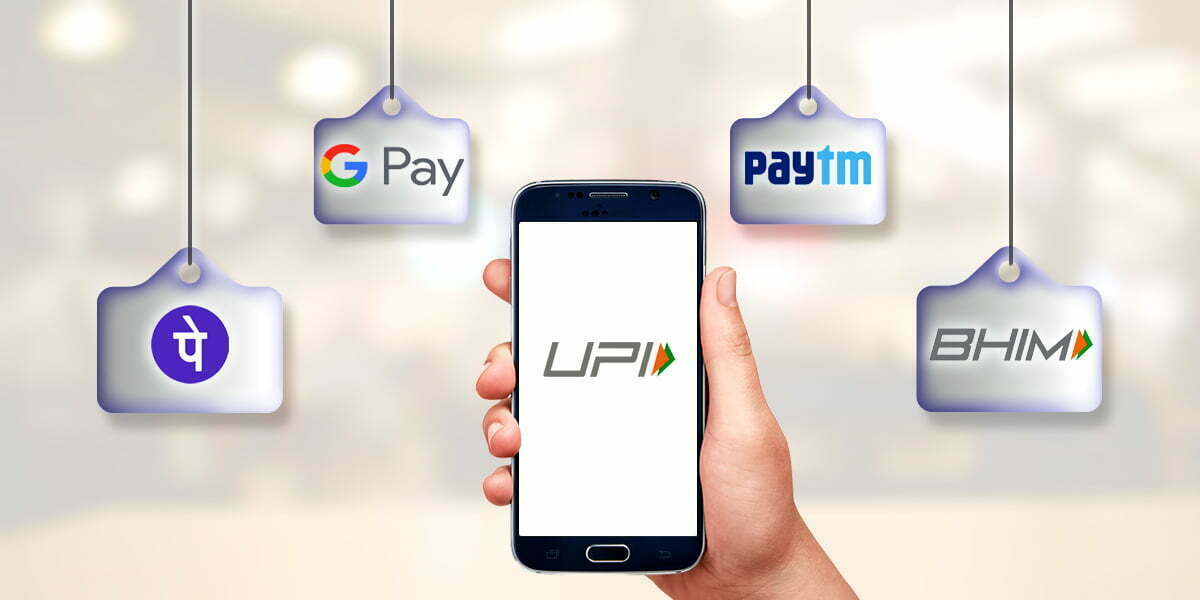The Unified Payments Interface (UPI), a payments and mobile wallet platform, clocked over 6 billion transactions in July. The Unified Payments Interface (UPI), a payments and mobile wallet platform, clocked over 6 billion transactions in July 2022, the highest ever since 2016. A UPI crossed 1 billion transactions for the first time in October 2019, almost three years after its launch. UPI transactions conducted in July were mainly cashless transactions. They recorded the number of UPI transactions during this month at 6.14 billion.
The UPI platform has seen 6.28 billion transactions amounting to Rs 10.62 trillion in July, the highest since the launch of the platform in 2016. The National Payments Corporation of India (NPCI) operates the venue. In July, the volume of transactions was up 7.16 percent, and the value increased by 4.76 percent. The value of trades was up 75 percent.
The UPI system has been operational since 2016 and has been a tremendous success, with the number of transactions increasing exponentially. The number of transactions is growing exponentially in India, with the UPI system crossing 1B transactions for the first time in October 2019, almost three years after its launch. They predicted the following billion transactions to come in under a year, as, in July 2022, UPI processed over 2B transactions.

In the report, UPI said, “The total number of transactions on the UPI network crossed 4 billion in July and touched the milestone of 4 billion in just three months. And they achieved one billion transactions in just six months. Then they completed the next incremental one billion within six months.
A pandemic has hit India following the COVID-19 virus, which has led to a cash and credit crunch. The country is turning to digital payments for purchasing goods and services, which has led to a boom in digital transactions.
In FY22, UPI processed over 46 billion transactions amounting to over Rs 84.17 trillion, thus crossing the $1 trillion mark. And in FY 2011, it had processed 22.28 billion transactions, amounting to Rs 41.03 trillion. Hence, the transaction volume and value doubled in a year, reflecting the meteoric growth observed in adopting digital payments, specifically UPI, in the country.
The DPI, an indicator of consumer adoption of digital payments, was at 304.06 in September last year and rose to 349.30 as of September 2021., reflecting the rapid adoption of digital payments in the country. They calculated the DPI by combining the volume of RuPay (pre-paid) transactions and the importance of debit and credit card transactions. Launched in January 2021, the DPI index reflects the extent of the digitization of payments across the country.
Reflecting the speedy approval of digital payments in the country. The Digital Payments Index (DPI) of the Reserve Bank of India (RBI) rose to 349.30 as of March 2022 against 304.06 in September 2021.
UPI aims to process one billion daily transactions in the next five years. RBI’s decision to allow RuPay credit card integration with UPI is boost transaction volume and value significantly in the coming months.
“We are looking at how we can expand the market. The aim is how we can go back to 250 million users and how banks can start doing small credits. We’re also looking at how 50 million merchants can start accepting credit.
We must take care of small traders and protect them from MDR (merchant discount rate). Existing credit card servicing merchants can continue to make payments,” said Dilip Asbe, chief executive officer of NPCI, at a RuPay credit card and UPI linkage event.
















